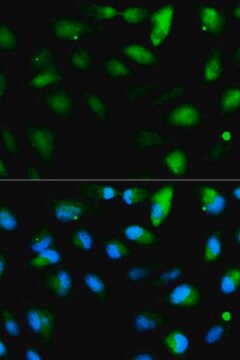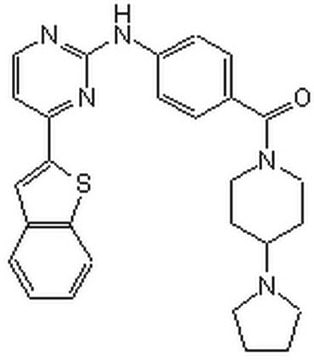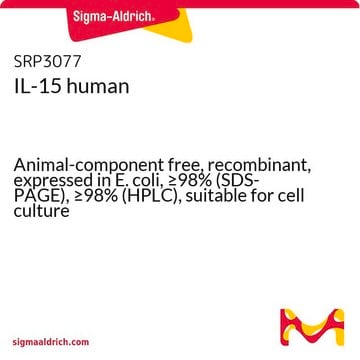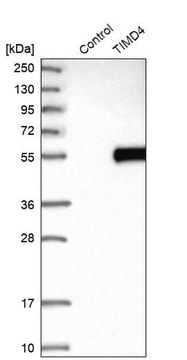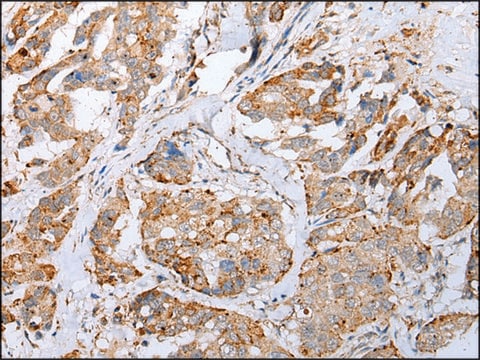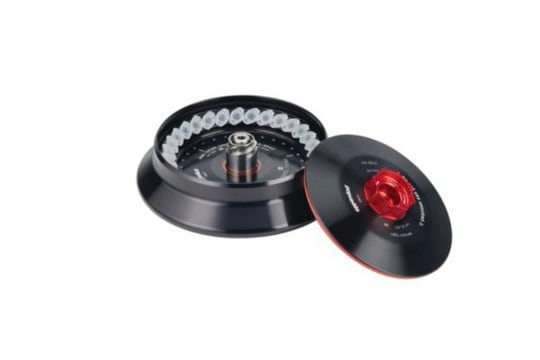HMI0434
MISSION® microRNA Mimic
hsa-miR-29a
Synonym(s):
hsa-miR-29a-3p
Sign Into View Organizational & Contract Pricing
All Photos(1)
About This Item
Recommended Products
product line
MISSION®
form
solid
mature sequence
UAGCACCAUCUGAAAUCGGUUA
Sanger mature/minor accession no.
Sanger microRNA accession no.
storage temp.
−20°C
Gene Information
General description
The ready-to-use MISSION miRNA mimics are small, double-stranded RNA molecules designed to mimic endogenous mature miRNA molecules when introduced into cells. miRNA are known to regulate gene expression in a variety of manners, including translational repression, mRNA cleavage and deadenylation. MISSION miRNA Mimics, a member of MISSION RNAi product family, provides miRNA researchers with a range of options from individual MISSION mimics to a full library of human miRNA mimics based on latest version of miRBase (currently hosted by the University of Manchester, previously hosted by the Sanger Institute).
- Optimized and ready for transfection.
- Novel MISSION miRNA mimic design has been functionally tested for knockdown efficiency against natural miRNA targets.
- Unique MISSION miRNA mimic design significantly reduces possible sense strand off target effects.
- Available as a whole human library and individual miRNA targets.
Other Notes
miRBase V18 Mature ID update: hsa-miR-29a-3p
Legal Information
MISSION is a registered trademark of Merck KGaA, Darmstadt, Germany
Storage Class
11 - Combustible Solids
wgk_germany
WGK 3
flash_point_f
Not applicable
flash_point_c
Not applicable
Certificates of Analysis (COA)
Search for Certificates of Analysis (COA) by entering the products Lot/Batch Number. Lot and Batch Numbers can be found on a product’s label following the words ‘Lot’ or ‘Batch’.
Already Own This Product?
Find documentation for the products that you have recently purchased in the Document Library.
Mengxing Ouyang et al.
Scientific reports, 7, 44757-44757 (2017-03-21)
Successful developments of new therapeutic strategies often rely on the ability to deliver exogenous molecules into cytosol. We have developed a versatile on-chip vortex-assisted electroporation system, engineered to conduct sequential intracellular delivery of multiple molecules into various cell types at
Minfei Jin et al.
Stem cell research & therapy, 7(1), 167-167 (2016-11-20)
Pelvic floor dysfunction (PFD) is a condition affecting many women worldwide, with symptoms including stress urinary incontinence (SUI) and pelvic organ prolapse (POP). We have previously demonstrated stable elastin-expressing bone marrow-derived mesenchymal stem cells (BMSCs) attenuated PFD in rats, and
Our team of scientists has experience in all areas of research including Life Science, Material Science, Chemical Synthesis, Chromatography, Analytical and many others.
Contact Technical Service